Inca Tern
Larosterna inca
-
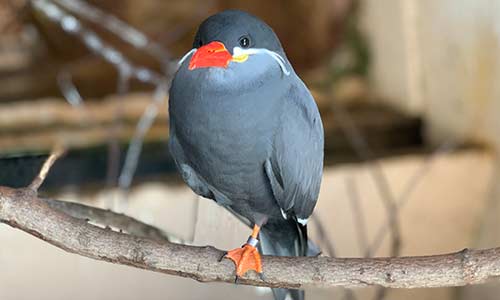
-
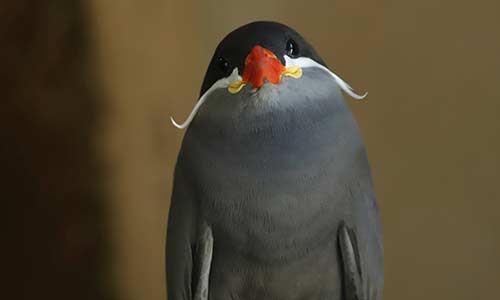
-
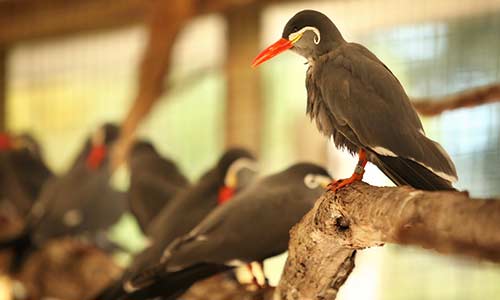
-
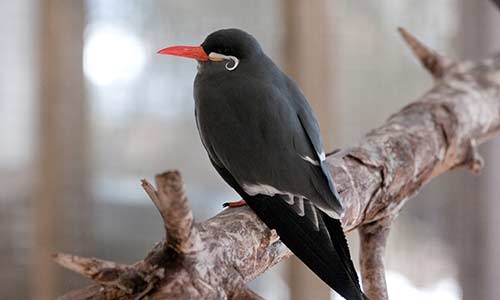
-
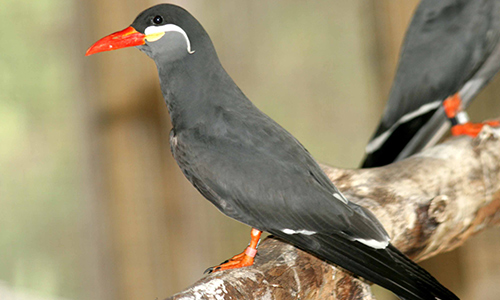 Inca Tern
Inca Tern -
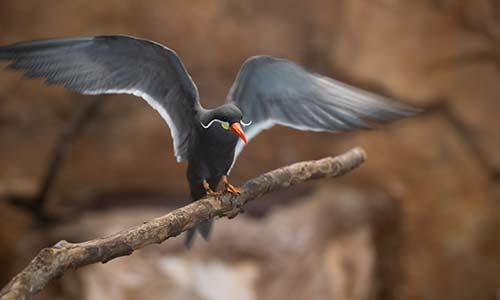
-
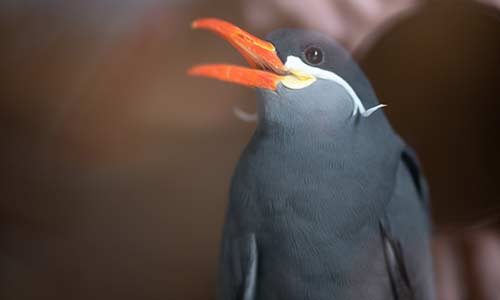
About the Inca Tern
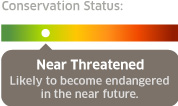
Geographic Range:
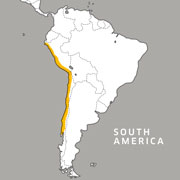
Class: Aves
Order: Charadriiformes
Family: Laridae
Genus: Larosterna
Species: inca
The inca tern is a blue-gray bird with unique white feathery tufts extending from its face, a red beak and a yellow wattle. The inca tern is an agile flier that will swoop and hover before diving after its prey. Though it doesn’t sound appetizing, these terns have been known to pluck pieces of fish from between the teeth of sea lions. Inca terns are gregarious and often roost in large colonies, which helps protect them from predators.
Inca Tern Facts
Appearance:
These blue-gray birds have unique, white, feathery tufts extending from their face. Their primary wing feathers are edged in white. They have red legs, red feet, a red beak and a yellow wattle. Despite webbing, the tern's feet are too small to be effective for swimming.
Size:
- Length: 16 inches
- Weight: 3-4 ounces
Diet:
Inca terns live on a diet of mostly fish and crustaceans, primarily minnows, squid and shrimp. They will also scavenge from fishing vessels. It's been documented that terns will pluck fish pieces from between the teeth of sea lions.
Reproduction:
Inca tern breeding season lasts throughout the year, during which pairs nest in crevices and on cliffs. Often, they will take over nests of Humboldt penguins and other cliff-dwelling seabirds. Incubation lasts for four weeks, and eggs are brown with black speckles, providing camouflage in the rocky nest. Both parents feed their one or two young. Chicks fledge after about seven weeks.
Behavior:
These gregarious birds are often found roosting in large colonies as protection from predators. In fact, an entire tern colony may attack a predator as a group. Though poor swimmers, terns are agile flyers, swooping and hovering before diving after prey.
Median Life Expectancy:
Up to 18 years
Habitat/Range:
Mainly coastal areas of South America from Ecuador to Chile.
You Can Find This Animal in the Windows to the Wild
Committed to Conservation
Zoo New England participates in the inca tern Species Survival Plan. By sharing research and knowledge, participating institutions work together to establish guidelines that best ensure the health of captive populations, and with success, the survival of endangered species.
You might also like
At Franklin Park Zoo:
At Stone Zoo:








